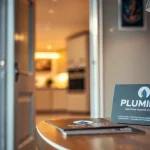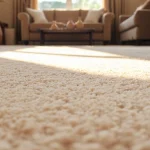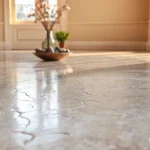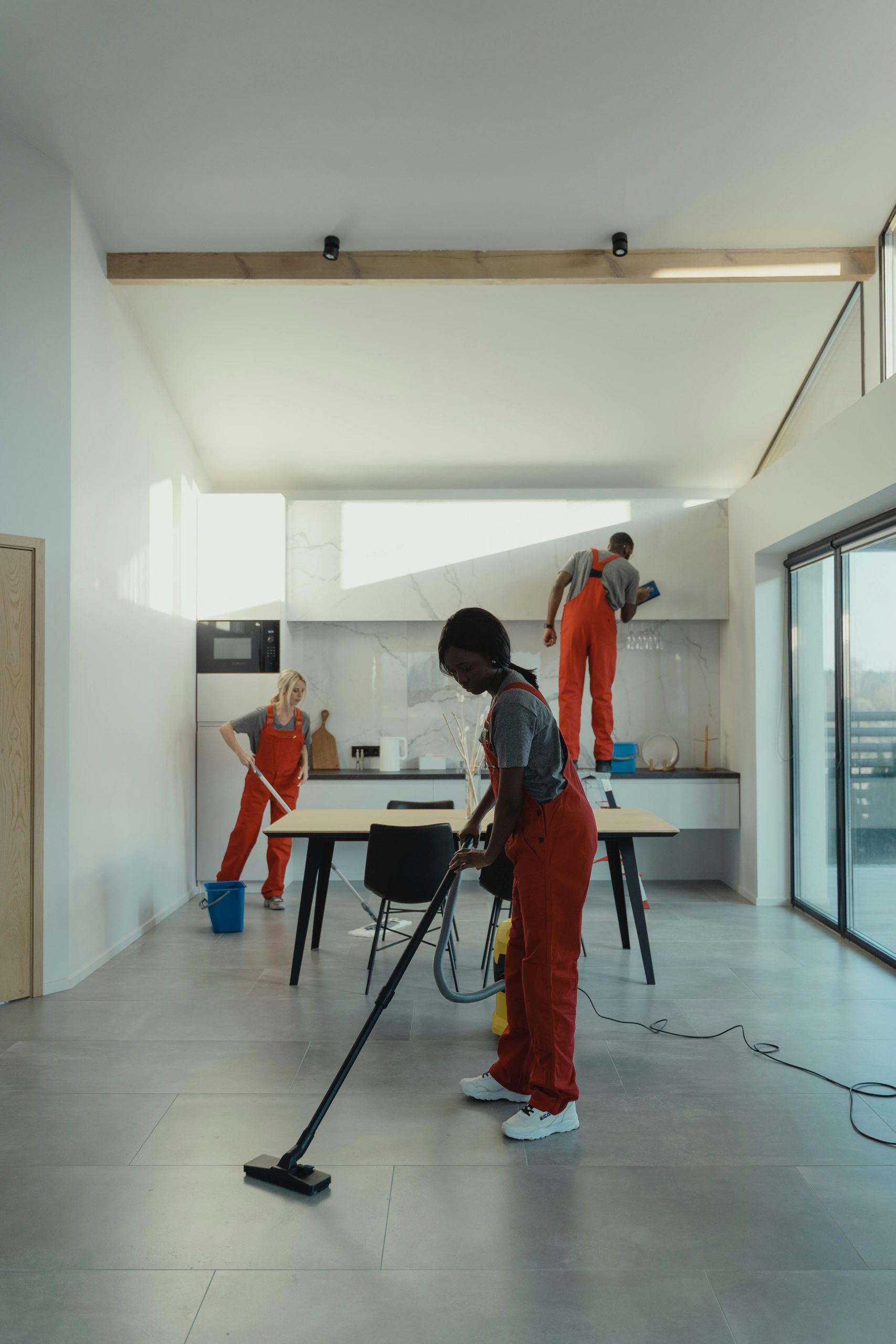Maintaining stone floors requires tailored care to preserve their elegance and durability. Using the right cleaning methods and products prevents damage while removing deep-seated grime. Mastering effective techniques ensures your natural stone—whether marble, slate, or limestone—retains its shine longer and resists wear, making your floors a lasting highlight of your space.
How to achieve and maintain a shining stone floor surface: effective cleaning, professional options, and essential maintenance
Choosing the Right Method for Sparkling Results
For effective care of natural and man-made stone, Surrey Stone Floor Cleaning experts represents the gold standard in both technique and expertise. Initial cleaning precision is crucial: always use pH-neutral or acid-free cleaners to avoid damaging sensitive stones such as marble, limestone, or travertine. Mop floors with a diluted cleaner—never saturate—then let the solution dwell for up to 15 minutes, ensuring it stays wet for optimal dirt removal before rinsing thoroughly.
Also read : Transform your floors: premier carpet cleaning services in london
Professional Services vs. DIY Options
Professional stone cleaning offers deep cleaning, sealing, and stain removal unachievable via basic household methods. Expert technicians use specialized machines to agitate dirt lodged deep in pores and grout. Afterward, a tailored premium sealant is applied to protect the floor’s longevity and appearance. However, for routine maintenance, homeowners can mop regularly with a neutral detergent and periodically buff stone for added sheen.
Maintenance Tips for Prolonged Floor Lifespan
For best results, immediately tackle spills and stains to prevent setting. Apply a high-quality sealer every 1–3 years, depending on use. Use microfibre mops and mats at entrances to trap grit that causes scratches, and avoid acidic or abrasive products that deteriorate stone finishes.
Also to see : Expert carpet cleaning in london: restore your floors today
Step-by-step techniques for cleaning stone floors and removing tough stains
Preparing for cleaning: assessing floor type, soiling level, and necessary tools
Begin by identifying the stone floor type—for example, limestone, marble, travertine, or slate—to ensure compatibility with cleaning products. Next, examine the level of dirt and staining, focusing on problem spots like heavy foot traffic areas or grout lines. Gather soft mops, brushes, sponges, and microfibre cloths. Avoid abrasive pads or acidic cleaners, especially for acid-sensitive stones.
Application of professional and pH-neutral stone floor cleaners
Select a pH-neutral cleaner or a professional solution made specifically for stone. Dilute according to both the contamination level and manufacturer guidance. For routine dirt removal, a diluted mix suffices—use a mop or soft cloth. For intensive cleaning, apply the solution neat to the spots, keep the surface wet for up to 15 minutes, agitate with a brush, then rinse thoroughly with water. Allow the floor to dry before walking on it.
Targeted methods for treating stubborn stains, grout lines, and renovation residues
For deep-set stains, focus cleaning on the affected areas using a soft brush and repeated application. To address grout haze or residue following renovation, use appropriate products only on acid-resistant tiles. Always spot-test before tackling visible stains or old wax build-up. After cleaning, re-seal the surface to help resist future stains and maintain the stone’s natural finish.
Choosing the right cleaning products and equipment for your stone floors
Review of non-acidic and pH-neutral cleaning products for various stone types
Precision matters when cleaning stone: non-acidic and pH-neutral products prevent surface etching, especially on limestone, marble, and travertine. These cleaners—such as a dedicated Stone Floor Cleaner—effectively tackle ingrained grime and oils without risking damage. For daily upkeep or deeper cleans, always perform a spot test first to verify compatibility across surfaces like slate, granite, or Victorian tiles.
Suitable cleaning machines and mop recommendations for effective, safe results
Effective cleaning does not require harsh equipment. Rotary machines, microfibre flat mop kits, and gentle scrubber dryers designed for stone all help remove tough soils without scratching. Ordinary mops and brushes can be used, but stone-friendly versions or those provided with specific kits offer improved results. Adjust dilution rates as needed for hand or machine applications.
The environmental and health considerations of stone floor cleaners
Opt for water-based, low-odor formulas—these minimize indoor air impact and reduce exposure to harsh chemicals. Many modern stone floor cleaners are also eco-friendly, providing germ-proofing benefits while remaining safe for children and pets post-application. Choosing such solutions also supports broader environmental well-being while maintaining floor longevity.
Maintenance, sealing, and restoration to protect and enhance stone surfaces
When and how to reseal stone floors for optimal protection
Precision: You should reseal stone floors after deep cleaning or when water no longer beads on the surface. The recall is that resealing refreshes protection against stains and abrasion. Sealing frequency depends on the stone’s porosity, use level, and traffic—high-traffic kitchens or hallways may require annual resealing, while less-used areas might go longer. Clean the floor thoroughly, allow it to dry, then apply a suitable sealant evenly with a mop or brush. It is wise to test a small, inconspicuous spot to ensure compatibility.
Professional restoration and polishing services: what to expect and cost considerations
Precision: Expect inspection, deep cleaning, stain removal, repairs, and final sealing or polishing. Professional restoration companies, like Pure Floor Solutions, assess the situation before providing a tailored plan and quote. Cost factors include the stone type, floor size, condition, required repairs, and finishing style. Large or heavily soiled floors require more time and specialist products, affecting pricing.
Ongoing maintenance strategies and aftercare tips to prevent damage and sustain shine
Precision: Use a neutral, pH-balanced cleaner regularly and avoid harsh chemicals. Place mats at entrances to catch grit, and mop spills quickly to prevent staining. Maintain the recommended cleaning frequency based on footfall. Avoid dragging furniture across stone tiles and use felt pads to reduce wear. Regular gentle cleaning is the foundation for keeping your stone floor polished and resilient.










